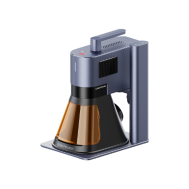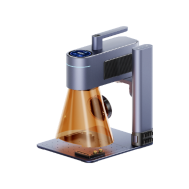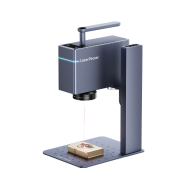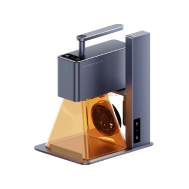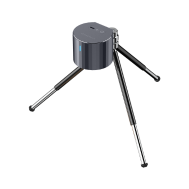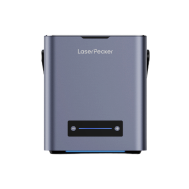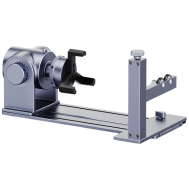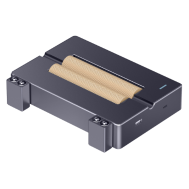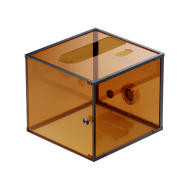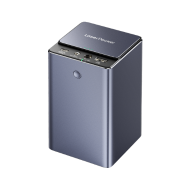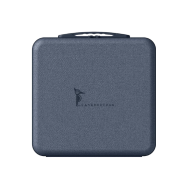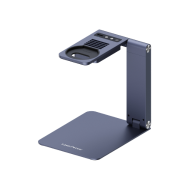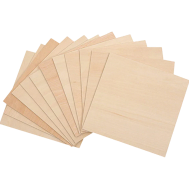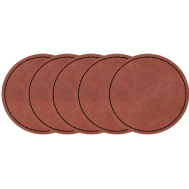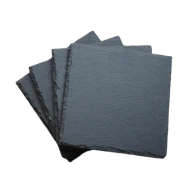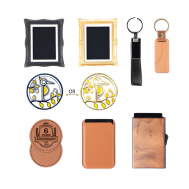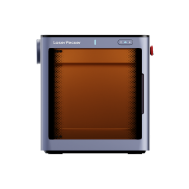Plywood is a versatile and widely used material in woodworking, furniture making, and DIY projects. Cutting it cleanly can be challenging because it is prone to splintering and chipping if not handled properly.
In this guide, we’ll cover two effective ways to cut plywood—using saws and laser cutters—so you can choose the best method for your project, whether it’s a simple DIY task or a detailed design.

In this article:
- Method 1: Cut Plywood with a Saw
- Method 2: Cut Plywood with a Laser Cutter
- FAQs: Hot Questions About Cutting Plywood
Method 1: Cut Plywood with a Saw
Saws are the most common and practical tools for cutting plywood. Depending on your project, you can choose a circular saw, table saw, jigsaw, or hand saw. Each type serves a different purpose—from long, straight cuts to curves and small adjustments. Using the right blade and steady technique helps prevent splintering and ensures smooth edges.
Tools Needed:
- Circular saw, table saw, jigsaw, or hand saw
- Fine-tooth or plywood-specific blade to reduce chipping
- Clamps to secure the plywood sheet
- Straight edge or guide rail for accurate cuts
Steps to Do
1. Place the plywood sheet on a stable surface and secure it with clamps.
2. Measure and mark your cutting line with a pencil.
3. Choose the right saw:
Circular saw – for long, straight cuts.
Table saw – ideal for precise, repeatable cuts.
Jigsaw – for curves or irregular shapes.
Hand saw – convenient for quick, small cuts without power tools.
4. Align the saw blade with your cutting line.
5. Cut slowly and steadily, letting the saw do the work.
6. Sand the cut edges if needed for a smoother finish.
Pros and Cons of Plywood with a Saw
Pros
- Versatile and widely available
- Works for plywood of most thicknesses
- Different saws suit different types of cuts
Cons
- Produces dust; safety gear is essential
- Risk of splintering if blade is dull or inappropriate
Method 2: Cut Plywood with a Laser Cutter
Laser cutting is a precise method for cutting thin plywood sheets and creating intricate designs or detailed patterns. It is ideal for hobbyists, model makers, and professional projects that require clean, repeatable cuts. However, thicker plywood may not be suitable for laser cutting, and proper ventilation is essential because burning plywood produces smoke and fumes.
Tools Needed
- Laser cutter (with enough power for Plywood)
- Computer or Mobile Devices with design software (to prepare patterns)
- Ventilation or fume extraction system (since cutting Plywood produces smoke and odor)
- Protective eyewear if recommended by your machine's safety guidelines
Steps to Do
1. Prepare your design in the software and upload it to the laser cutter.
2. Place the plywood sheet flat on the machine bed and secure it.
3. Adjust the laser settings (power, speed, and focus) according to the thickness of the plywood.
4. Run a small test cut to check results and avoid burning.
5. Start the cutting process and monitor it carefully.
6. Remove the cut plywood and clean any residue or charred edges if needed.
Best For
- Thin plywood sheets (usually ≤6mm)
- Creating intricate shapes, patterns, or custom designs
- Projects that require clean, repeatable cuts
Pros and Cons of Cutting Plywood with a Laser Engraver
Pros
- Extremely precise and clean cuts
- Minimal physical effort required
- Repeatable results for multiple pieces
Cons
- Limited to thinner plywood sheets
- Slightly burned edges possible if settings are not correct
FAQs: Hot Questions About Cutting Plywood
1. What is the best tool to cut plywood?
The best tool depends on the type of cut and plywood thickness. For most projects, saws (circular saw, table saw, or jigsaw) are the most practical. For intricate designs or thin sheets a laser cutter can be used.
2. How to cut plywood without a machine?
You can cut plywood by hand using a hand saw for thicker sheets or a utility knife for very thin sheets. Secure the plywood on a stable surface, mark your cutting line, and cut slowly along a straight edge to maintain accuracy.
3. Can I cut plywood by hand?
Yes, hand cutting is possible. A hand saw works for straight or rough cuts, while a utility knife can score and snap thin plywood sheets. Hand cutting is best for small projects or adjustments when power tools aren’t available.
Conclusion:
There are multiple ways to cut plywood depending on the thickness and complexity of your project. Saws are ideal for straight cuts, curves, and general woodworking tasks, while a laser cutter excels at thin sheets and intricate patterns. Choosing the right method ensures clean, precise cuts and smooth edges, making your plywood projects easier and more professional-looking
















